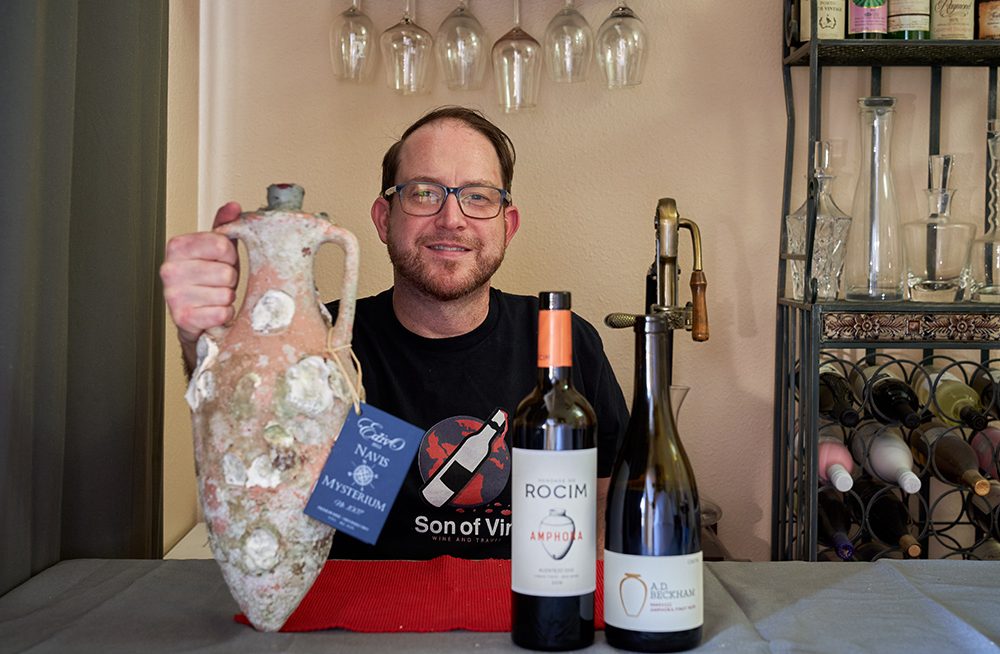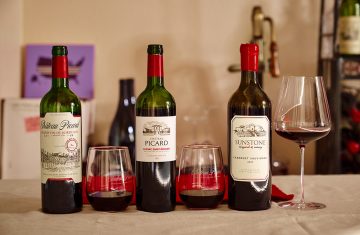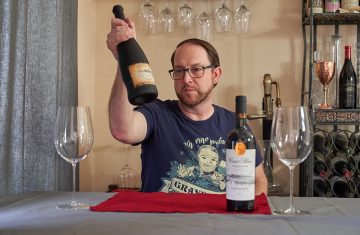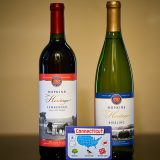Have you ever wondered where it is believed that wine as we know it today first originated? Most average wine drinks will typically at least know that wine is aged in barrels, but it would probably come as a surprise to many of them that barrels and cooperage hasn’t always been the primary means of wine storage and aging. There was a time centuries ago that terracotta containers (also known as amphoras) were the standard method of wine fermentation and aging.
Think back to any Greek or Roman mythology artwork you’ve ever seen and you’ve probably seen amphoras in their imagery. Wine as we know it today has gone through several shifts and growing pains over the years on what ingredients were included and how exactly was it made. Technically speaking, any fruit smashed up and fermented into alcohol is considered a wine by Western standards. In China and the Far East, their term wine represents a much wider range of alcoholic drinks both like Western wines as well as distilled liquors.
So then, who is it believed actually created more or less what we now consider wine? The subject is often up for debate but most in the Western world seem to believe that wine was first created using grapes in the country of Georgia some 8,000 years ago. While there are also those who believe China was the first, due to a discovery of an alcoholic beverage that contained fermented liquid that contained several ingredients, but not all of it were fruits. To me it is more of a technicality one way or the other and I don’t want to dwell on it too much for this article.
At one time, long before wooden barrels were a standard, wine was mostly fermented and aged in terracotta amphoras and left unfiltered. Today, only a small amount of wineries around the world still hold to these methods. As someone interested in the past and certainly interested in wine, I had been wanting to experience wines in a way as similar as possible to these original methods. So for this tasting, I selected 3 wines that I believed would be great representations of this experience.
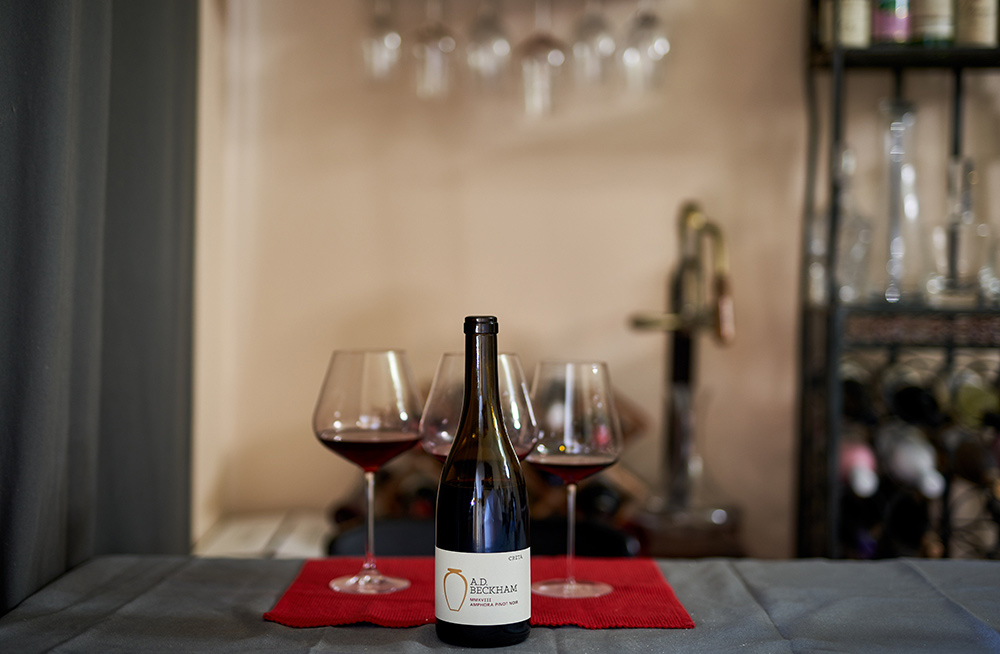
My first wine (2018 “Creta” Pinot Noir) comes from A.D. Beckham located in Sherwood, Oregon. Beckham Estate Vineyard (their primary name) is an interesting example for this tasting. They make their own terracotta aging vessels as well as their 100% amphora fermented and aged wines. So all of it is done on the same estate using native yeasts. This came to be due to their original intention to be clay ceramic creators who had the genius idea to also make wine. Its coloring was a pale red with medium tannins and acids. Notes include darker cherries and plenty of raspberries. This was an overall solid wine and am glad I have a few more to enjoy over the coming years. On a side note, they list their vintage year using Roman numerals and during my video review I failed to spot it. I wrongly mentioned during the video that they didn’t have the vintage on the front of the bottle. I guess that is what I get for being in a hurry.
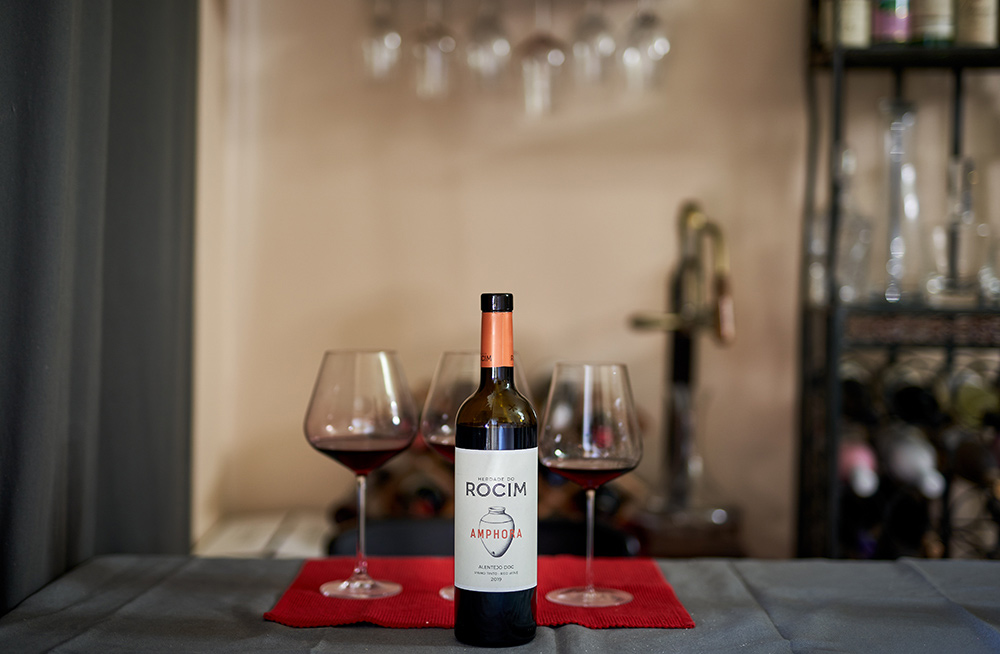
My second wine (2019 Amphora) is from Herdade do Rocim located in Portugal’s Vinho de Talha region known for only making amphora wines. One description said this wine was half Tempranillo, but another description listed it as half Moreto. It has a darker puple tint and I found it to be very fruity with light to medium tannins and acids. Overall it seemed a little too young and I’m guessing another year or two would make this wine hit its stride.
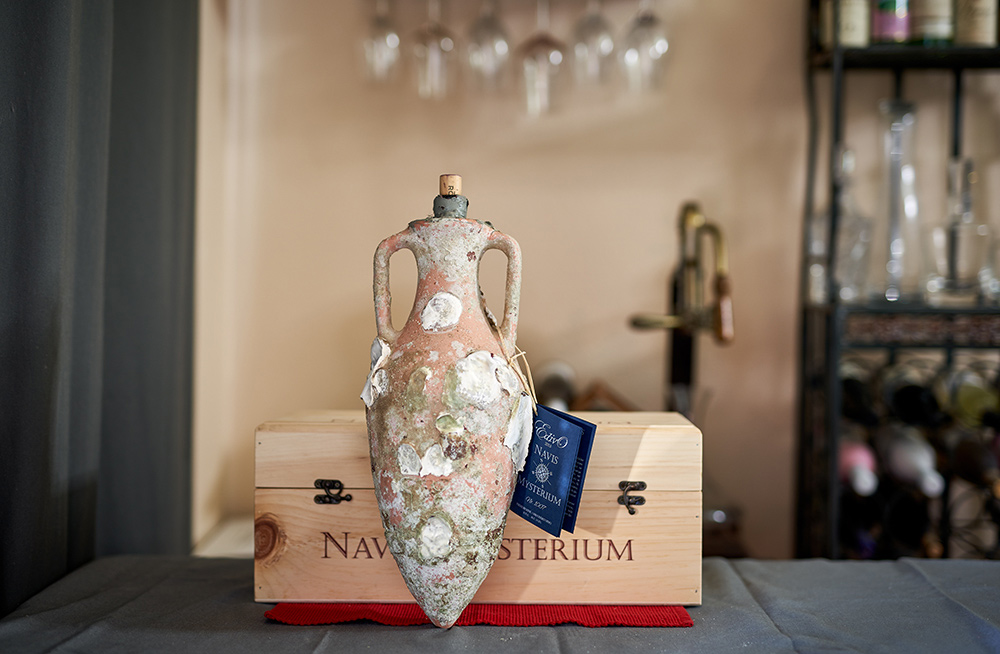
My final wine was the most unique of the three. Navis Mysterium Amphora 2013 by Edivo Vina located in Croatia is made from Plavac mali the top grape used in most Croatian wines. The wine is placed in a bottle which in turn is placed inside an amphora and sealed with some rubber, it is then aged underwater in the Adriatic Sea for about 2 years. The amphora itself is covered in shells and looks amazing but technically I can’t claim that is in an amphora wine since the wine itself is inside a bottle. Its color was light red and a bit less transparent than the A.D. Beckham Pinot Noir. Notes included darker red fruits (mostly cherries) and black pepper. What blew me away the most about this wine was the tannic sensation on my tongue. It almost felt fizzy when it hit my tongue and then there was a “tannic rush” like I’ve never experienced. With each drink, I would experience this rush along with a burst of dark cherry goodness at the same time with a long finish afterward.
If it wasn’t obvious enough, I found the Edivo Vina wine to be my favorite of these three. Out of the actual two amphora wines though, I enjoyed the A.D. Beckham the best. Interesting though that I did not notice anything that gave a clear signal that these wines were made in an amphora versus a barrel. That to me is a positive for the winemakers themselves and how well they know their craft.

